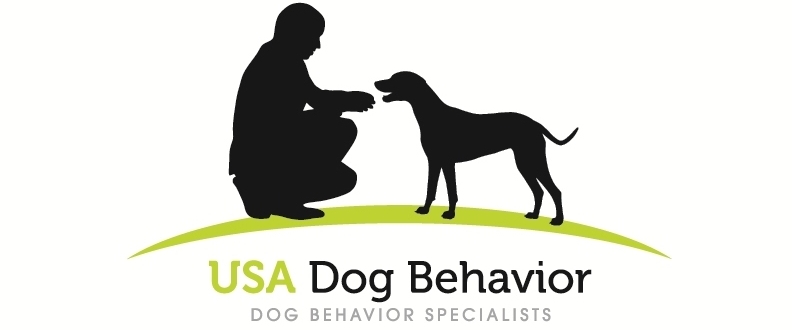Cleaning Up Dog Accidents the Right Way: It Matters More Than You Think
House Training Your Dog
For the audio version of these blog posts, tune into the USA Dog Behavior Podcast.
I want to talk about something a lot of dog owners overlook, but it can make a huge difference in housetraining and behavior issues—properly cleaning up dog accidents. Whether you're dealing with a young puppy or a dog who’s marking in the house, the way you clean up after them matters more than most people realize.
Why Scent Matters More Than the Mess
When dogs eliminate inside, it’s not just an accident; it’s communication. Dogs use scent the way we use text messages. Whether urine or feces, it leaves a calling card: “Hey, this is a place where I go.” And if that message doesn’t get fully erased, your dog might keep going back and “resending” that message.
If you're wiping it up and moving on, you might think it's clean. You might not smell anything. But trust me, your dog does.
Why This Isn’t Just About a Clean Floor
Whether we’re dealing with a puppy who’s still learning where to go or an adult dog who’s marking out of stress or territorial behavior, the scent left behind is often a contributor in driving repeat accidents.
I’ve worked with clients who were doing everything else right, but they weren’t cleaning correctly. They were using vinegar or soap, which might smell clean to us but doesn’t break down the molecules that matter to dogs.
If your dog keeps having accidents in the same place, there’s a good chance it’s because they still smell it, even if you don’t.
Marking vs. Accidents
Let’s clarify something: housetraining accidents and marking aren’t the same thing.
Housetraining accidents usually mean the dog didn’t know better or couldn’t hold it.
Marking is about claiming territory, often triggered by stress, visitors, new smells, or changes in the environment.
But in both cases, proper cleanup is key to helping prevent it from becoming a habit.
Cleaning Up Dog Accidents the Right Way
Here’s the step-by-step process I recommend to all my clients, and it works for both housetraining accidents and territory marking.
Step 1: Blot, Don’t Rub
First, blot up as much of the mess as possible. Use paper towels or an absorbent cloth and discard them when done. You want that smell completely out of your home. If it’s feces, pick it up and blot any leftover residue. Avoid scrubbing; that just spreads things around and drives them deeper into the surface.
Step 2: Spray Generously with Nature’s Miracle Laundry Boost
This next part is the one most people skip or do wrong. You’ve got to use an enzymatic cleaner. I recommend Nature’s Miracle Laundry Boost. Even though it’s technically a laundry additive, it works great as a direct cleaner. Spray it directly on the area and be generous with it. You want to soak the spot thoroughly so the enzymes can reach deep into carpet padding or porous flooring.
Step 3: Let It Sit
This step is often rushed, but it's where the magic happens. Let it sit for at least 10 to 15 minutes. The enzymes need time to break down the proteins and organic compounds that produce lingering odors; that’s what your dog is keying in on. If it’s a dried or old stain, you might even need to reapply and let it sit longer.
Step 4: Blot Again and Let It Air Dry
After it’s sat for a while, blot up the excess moisture and let the spot air dry completely. No need to rinse or scrub. Once it’s dry, vacuum if needed.
Final Thought
It’s not just about hygiene. Proper cleanup is a critical part of a behavior strategy with your dog. If you skip it, you might be unintentionally giving your dog permission to go inside again.
So, get yourself a good enzymatic cleaner like Nature’s Miracle Laundry Boost, clean thoroughly, and let it do its job. It’s a small step that makes a big difference, especially when you’re trying to break a cycle of indoor accidents or territorial marking.
For the audio version of these blog posts, tune into the USA Dog Behavior Podcast.
© 2025 Scott Sheaffer. All rights reserved.

